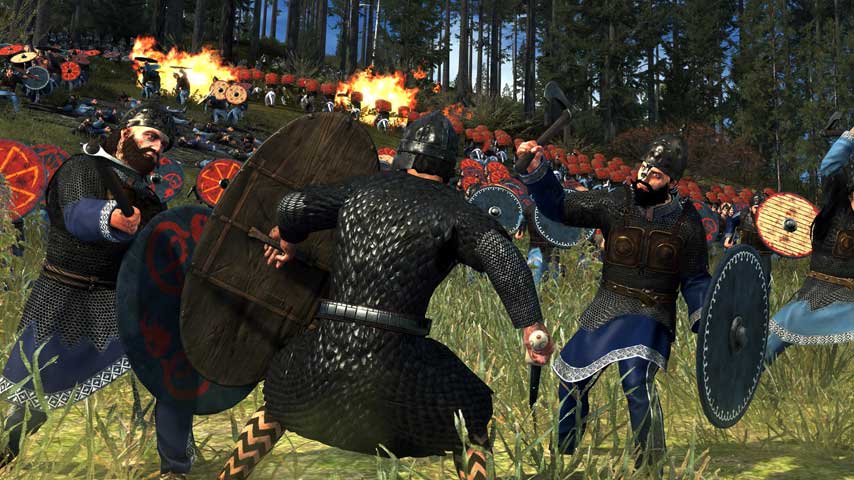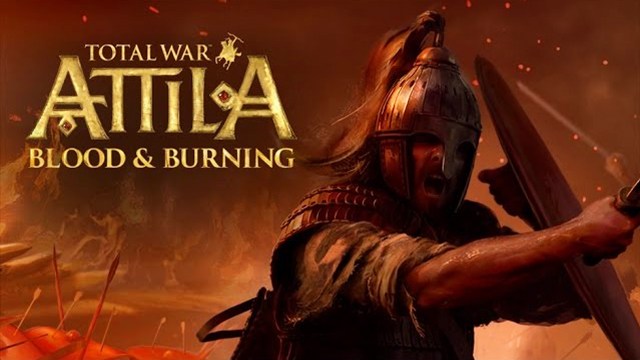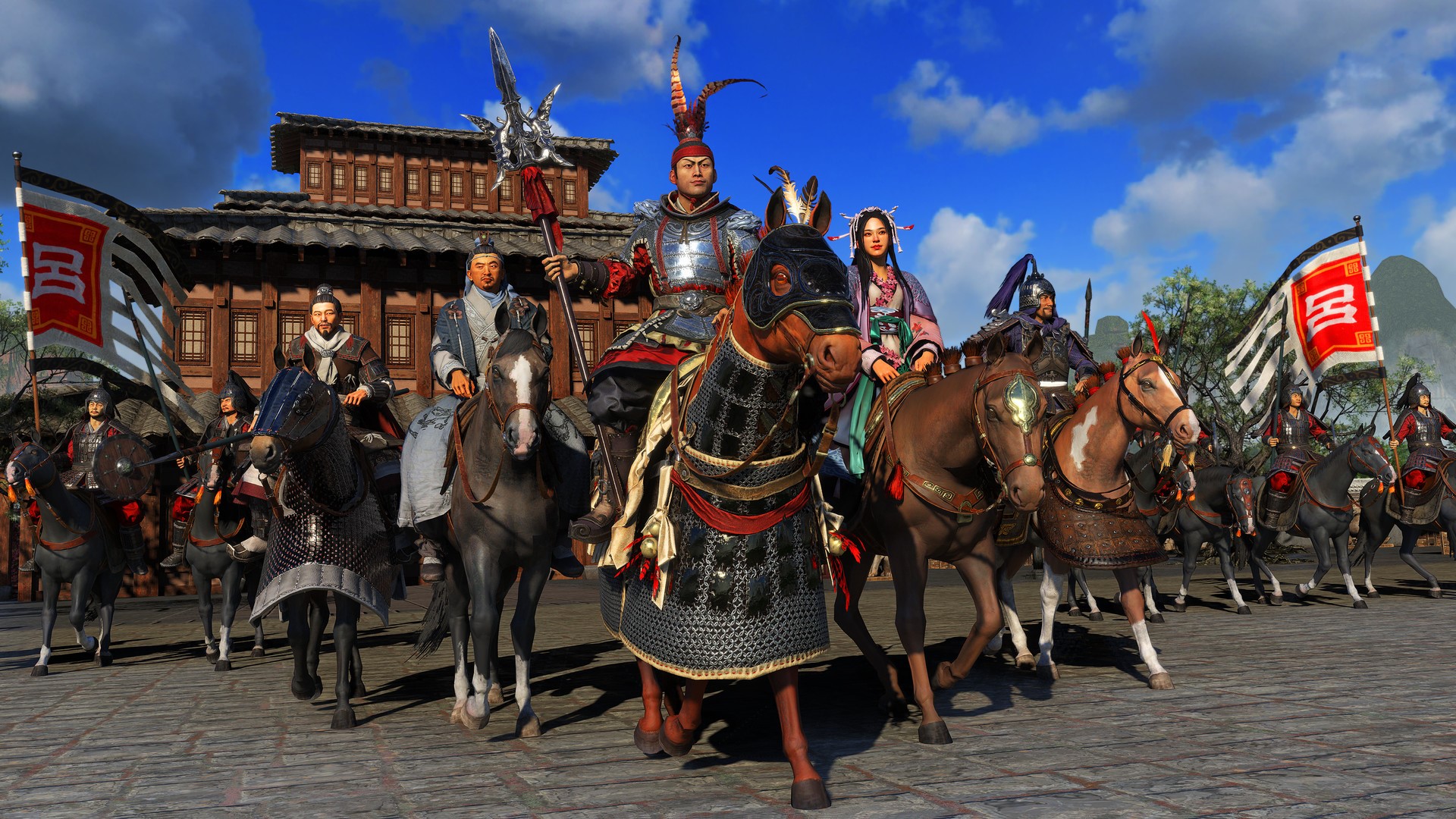

This choice would be the better one, but at the same time, it would also be the most expensive in terms of money, production effort for the Company and dimensions of the new DLC itself.Ģ - The second choice I can see consists in limiting the matter to the Italian theater, that is, focusing the new DLC just on the Bellum Gothicum, with a large map of Italy, Balkans and Greece, a smaller content and a smaller cost. Well, to build a new DLC about Justinian's Wars, in my opinion, you have two main choices:ġ - Building a new large map covering at least Spain, Italy, Persia, North Africa, Greece with Byzantium, the whole Balkans, Anatolia and Middle East and the whole North Africa and Egypt, in practice a new world map, just to depict the three theaters in which fought the armies of Justinian: Bellum Persicum, Bellum Vandalicum and Bellum Gothicum. To stay close to the OP: during my explorations of AttilaTW, I've found these units, beyond any doubt actually they are Byzantine units of the VI century, so I was wondering "What are they doing Byzantine units of the time of Justinian in a game representing the final crisis of the Roman Empire of the V century?"Ĭonsidering that Jack is a smart guy the answer should be easy: a New DLC about Justinan Wars! A rawhide musculata could be done for about a solidi. My guess is scale armor was 40% the price of maile.

A nice cavalry helmet for the price of a sword. Going by Frankish prices a scale byrnie might be had for twice the price of a sword. A long maile coat was exceptionally expensive going for 5x the price of a longsword. So all up Spatha probably went for 6 solidi. A roman pound of silver was worth a tad over 5 solidi. Exceptional blades however could go for princely sums. And average longsword seems to have been worth a pound of silver. Getting a longsword out of all this seems expensive. But late Empire would have heading towards the more expensive. A solidi could perhaps buy 15 kg of wrought iron where it was highly available. As little as 3 solidi or 2 solidi or even 1 solidi in places of high availability. The Indians using traditional methods stripped their Iron making areas of trees in the 19th century.Ī tonne of charcoal might been worth 6 solidi in most provincial regions.

The interesting thing is how much charcoal was required for ancient fabrication and case hardening. One has to find high quality surface deposits of iron ore.

Roman production of iron seems have been around 80,000 tons pa in the earlier Empire, but is likely to have fallen to a third of this in the later Empire. Generally any form of armor will stop spent arrows but bare flesh is very vulnerable.Ī problem with metal armor is the characteristic inertia with creates fatigue in the wearer if they have to move a lot. Keratin is very tough but somewhat heavier than rawhide. For example brass lamps disappeared in the late West to replaced with cheaper clay models. But if metal is scarce, 9kg is quite a lot of metal when it is more important for cutting tools or helmets. The Carthago Spartaria Lamellar is also iron and dates from the same period, but is Roman and made of the same style of lamellar plates previously used (rectangular) in earlier centuries.One can use metal, rawhide or keratin to make plate armor or scale or lamina. The Svetinja (Viminacium) Lamellar is iron but could be Roman or Avar, and is of a type not used prior to the 550's AD. Also, the various finds of Roman lamellar (Sotin, Budapest, Dura Europos, and the piece owned by David Michaels) we have are bronze (barring the Dura Europos/Karanis Horse neckguards which are poorly-tanned leather).


 0 kommentar(er)
0 kommentar(er)
